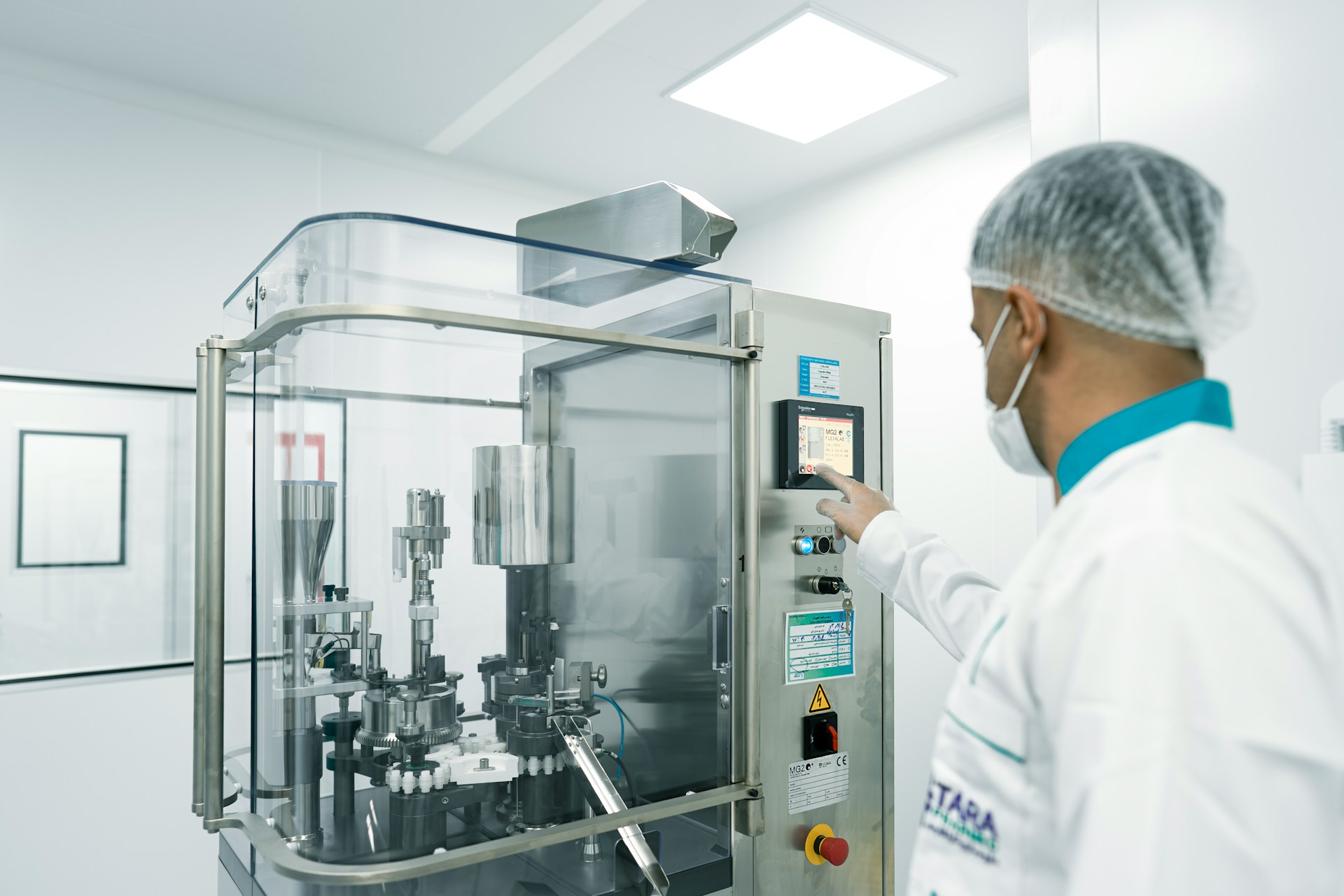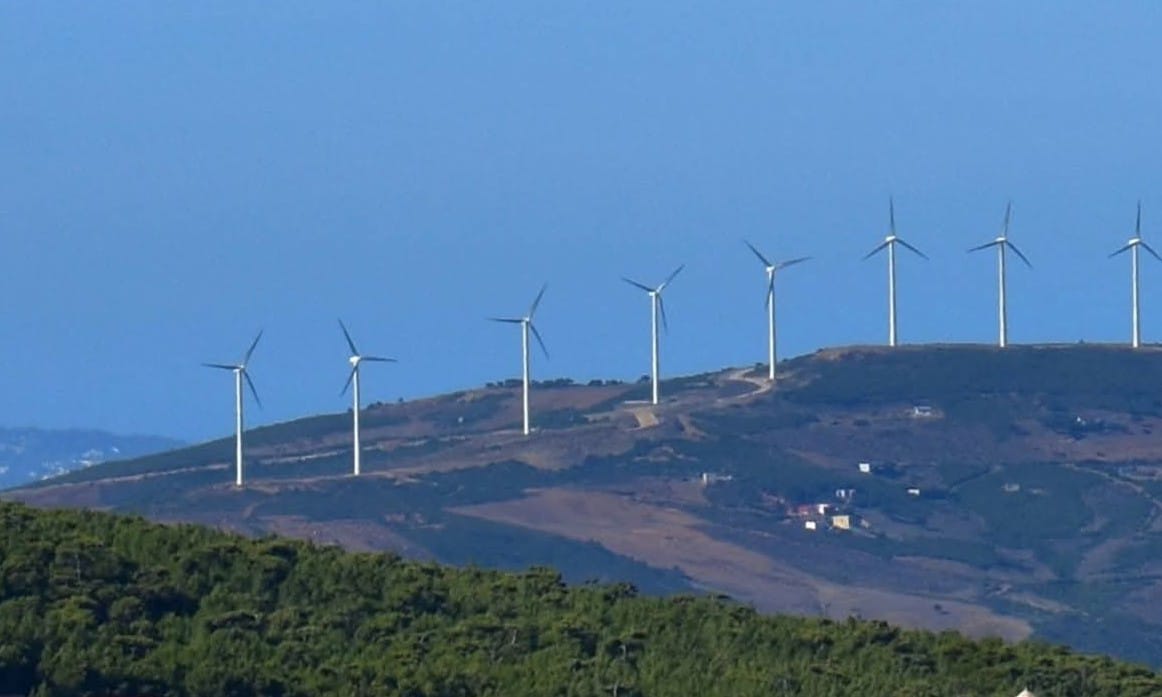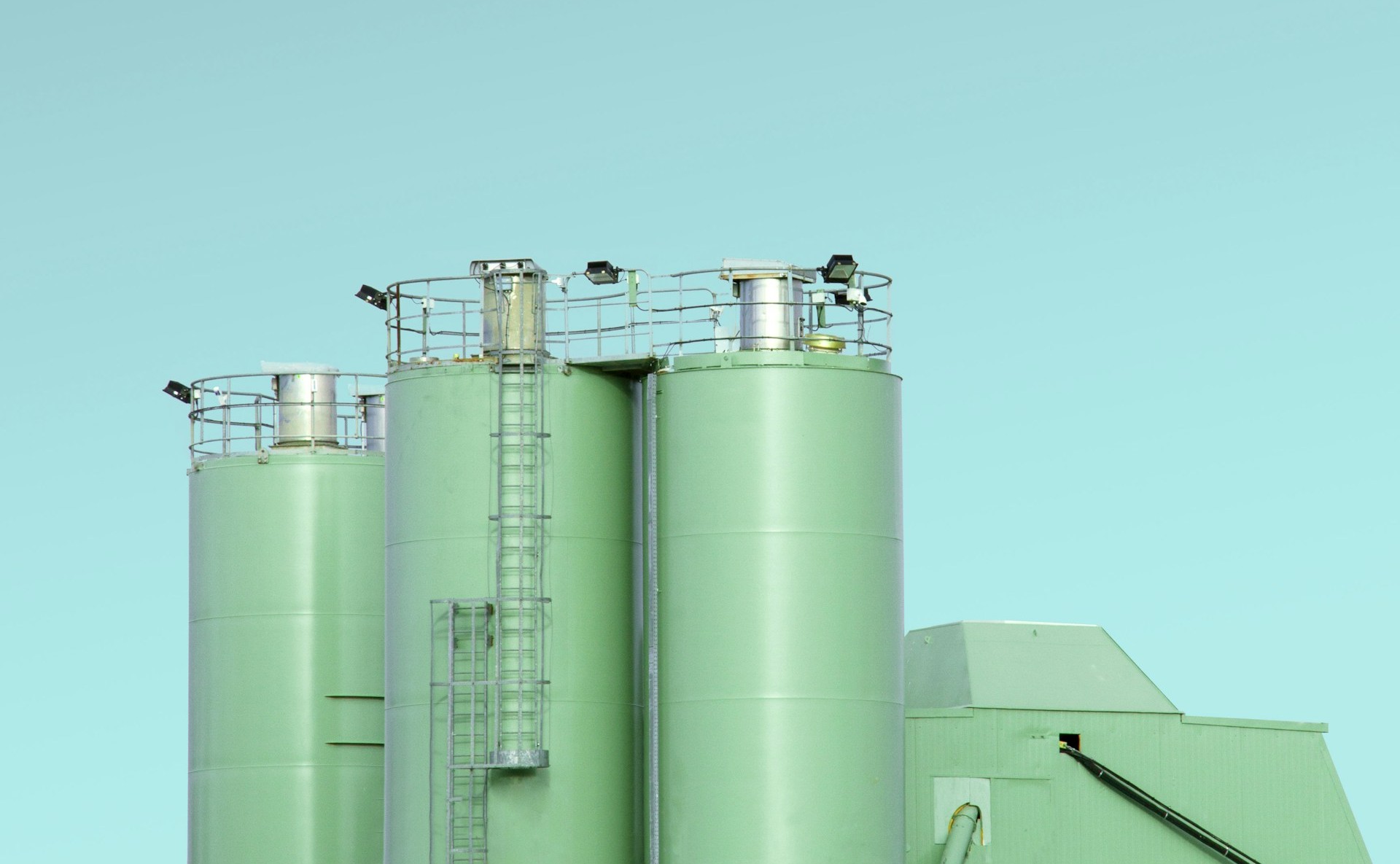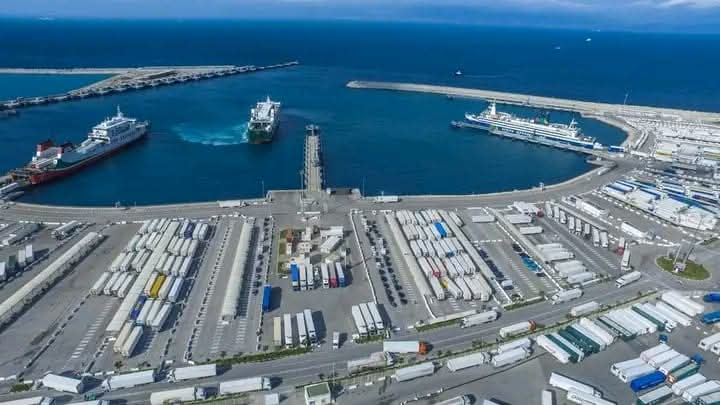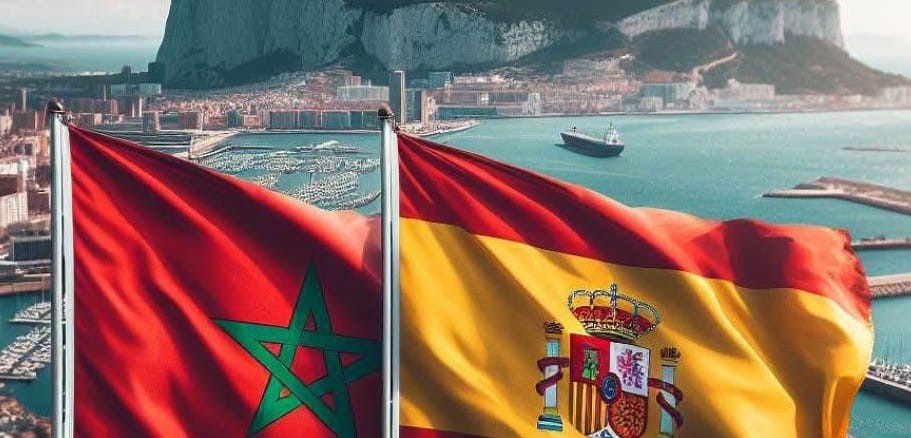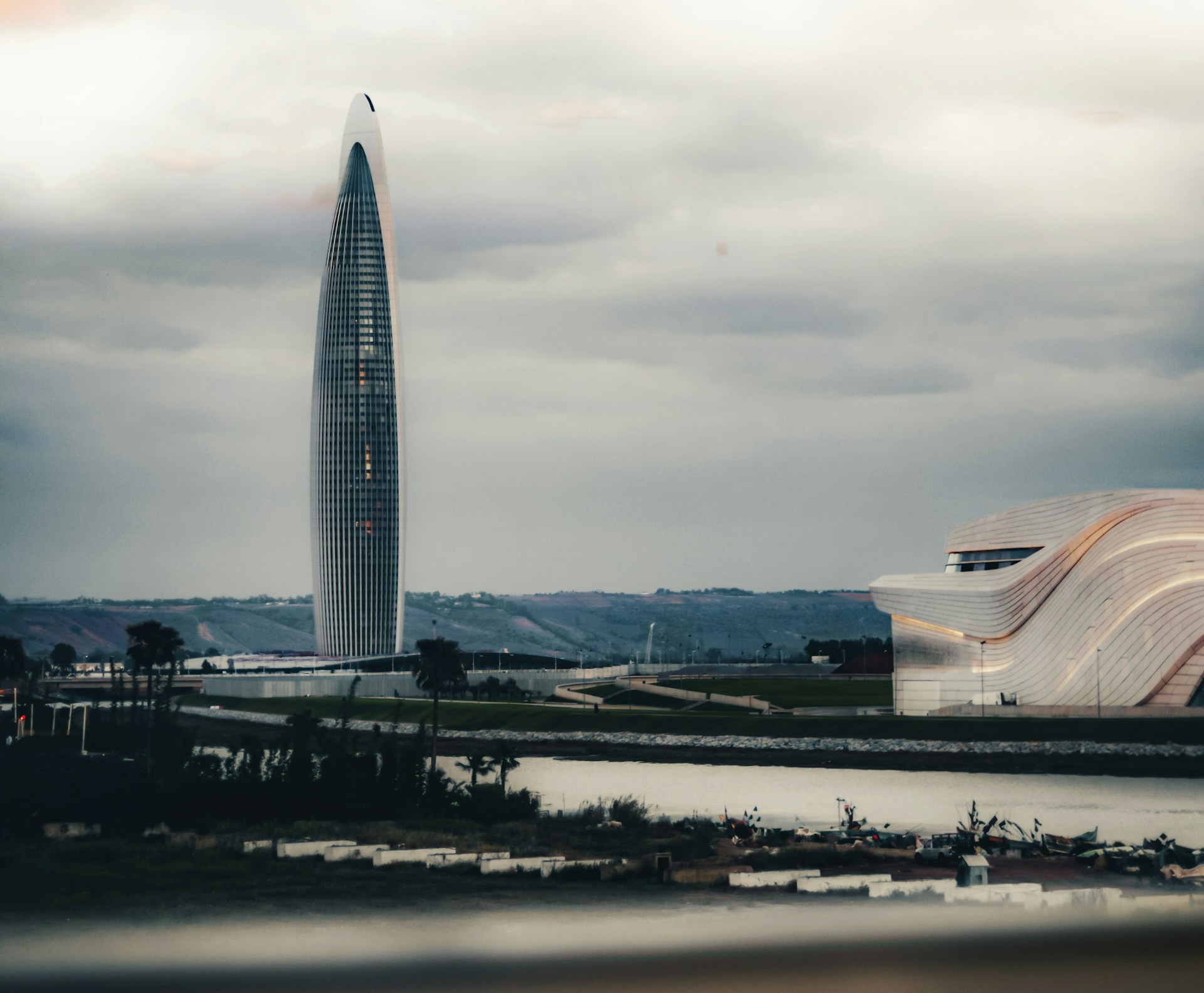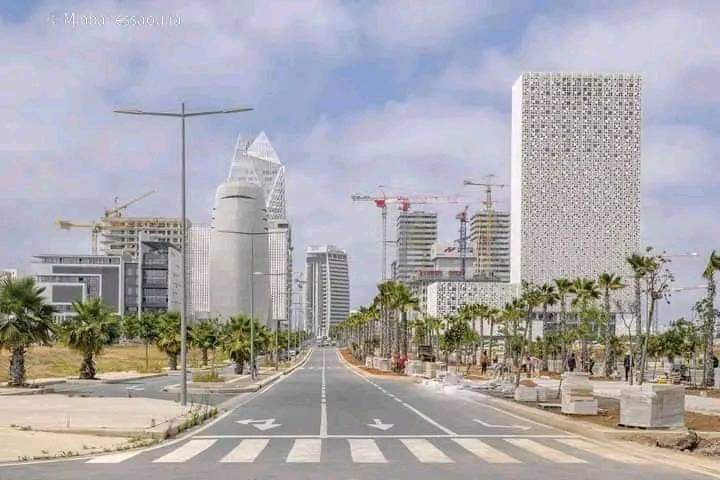Casablanca – Morocco is intensifying efforts to strengthen its energy sovereignty through large-scale investments in renewable energy and natural gas infrastructure, as part of a broader strategy to attract investment, reduce energy dependency, and position itself as a regional leader in green energy.
Speaking in recent parliamentary sessions, Leila Benali, Minister of Energy Transition and Sustainable Development, outlined the government’s comprehensive energy roadmap, which includes a significant expansion of renewable energy production, the development of a domestic liquefied natural gas (LNG) market, and the promotion of green hydrogen technologies.
Natural gas as a strategic pillar
The development of the natural gas sector is being treated as a central pillar in Morocco’s energy policy. According to Benali, the country aims to build an integrated national LNG infrastructure network to lower industrial energy costs and boost competitiveness in key economic zones.
The ministry has launched an official call for expressions of interest to build Morocco’s first LNG terminal at the Nador West Med port. This facility will be connected by a new pipeline to the Maghreb-Europe Gas Pipeline (GME) and extended to supply the industrial areas of Kenitra and Mohammedia, as well as existing and future power plants managed by the National Office of Electricity and Drinking Water (ONEE).
The projected cost of this infrastructure is substantial. The pipeline linking the Nador terminal to the GME is expected to cost approximately $273 million, while the section extending from the GME to Mohammedia is budgeted at around $638.7 million. An additional $42.5 million is earmarked for the construction of a secondary distribution network to serve Kenitra and Mohammedia. In total, investment in gas pipelines alone will exceed $700 million.
These gas corridors are also intended to link with future LNG installations on the Atlantic coast and the Africa-Atlantic Gas Pipeline project, currently being developed via the port of Dakhla.
To support this strategic shift, the ministry is preparing a legal framework to regulate the import, export, storage, transportation, distribution, and supply of natural gas. This law aims to enhance transparency, attract private investment, and create a clear regulatory environment for market players.
Green hydrogen and renewable energy
At the same time, Morocco is intensifying its efforts to develop green hydrogen, a key pillar in the global shift toward clean energy. Responding to criticism over the government’s progress on energy sovereignty, Minister Benali emphasized that Morocco is seen as a leading example in this field and is well-positioned to become a major producer of green hydrogen thanks to its strategic location, renewable energy potential, and growing industrial base.
To support this vision, the government is working on over seven major projects with a goal of producing more than 20 gigawatts of renewable energy—twice the country’s currently installed capacity. More than 23 public institutions are involved in these initiatives. Notably, these projects are designed with minimal water requirements and include integrated solutions for seawater desalination, contributing to both energy and water sovereignty.
At the core of Morocco’s innovation efforts is the Green Energy Park, a research and development hub inaugurated in 2017 by King Mohammed VI. Managed by the Moroccan Research Institute for Solar Energy and New Energies (IRESEN), the park plays a central role in applied research and technology deployment in renewable energy.
Since its establishment, IRESEN has financed more than 70 research projects across 12 regions, supported 85 PhD dissertations, published over 1,000 scientific articles, and filed more than 40 patents. It has also completed the country’s first pilot project for green hydrogen production using solar energy. A second project, in partnership with the OCP Group, is underway to produce four tons of green ammonia per day.
Call for investment in R&D
Benali also called on the government and private sector to allocate at least 1% of total national investments to scientific research and development in renewable energy and hydrogen. She stressed that while Morocco has made tangible progress, sustainable results require stable and long-term funding for innovation.
The IRESEN institute, which has received around $39.4 million over the past decade—mainly from the now-depleted Energy Development Fund—is a clear example of what can be achieved with limited but well-directed resources.
Morocco’s energy strategy reflects a dual focus: laying the groundwork for a competitive and secure natural gas supply network while accelerating investment in renewable energy and green hydrogen. Through a combination of infrastructure development, legislative reform, and research funding, the country is aiming to reduce its reliance on imported energy and position itself as a regional hub for sustainable power in North and West Africa.


